With the days of company pensions faded into memory, it’s up to most of us to build and manage our own pension plans ‒ and manage the multi-million dollar retirement planning question ourselves.
How much do we need? And what are the possibilities that we suffer shortfall risk – the possibility that our savings will expire before we do. A savings shortfall can be triggered by major losses in our retirement investments, which is why it’s important to mitigate what we call wipeout risk.
Undersaving May Be A Bigger Factor in the Multi-Million Dollar Retirement Planning Question
But a bigger factor behind shortfall risk ‒ and more widespread ‒ is undersaving. Too many earners are failing to work through the multi-million dollar retirement planning question and, equally importantly, work on saving enough for retirement. They are paying for their short-term wants first, and their long-term future needs last, after most of their income is gone.
Of course, prioritizing short-term wants over long-term needs results in savings contributions that are too low to fund a lifestyle that resembles our working years.
Paradoxically, the problem can be more acute among high-income earners, because higher incomes permit larger lifestyles. Of course, that has been part of the American dream and drives so much of our economy. We just need to remember that sustaining larger lifestyles will require larger savings.
It’s an almost universal default strategy to plan to catch up next year, but many may not realize the nearly impossible math of trying to save and invest for retirement this way. Out of all of your future years of savings, your savings this year may likely be your most valuable. Why? Because this year’s savings will have the longest amount of time to compound your returns.
What this means is that the savings you invest this year will have the opportunity to grow to a larger amount at your retirement than the savings you invest five years from now, ten years from now, and so on.
How big could the differences be? If you begin saving the full $34,000 you are permitted to contribute to your 401k and IRA in 2022 (including catch-up provisions), each year from your age 50 to 65 , and you invest to earn an average return of 8%, your savings could potentially grow to $923,172 by your 65th birthday.
Of that amount, $510,000 will come from your annual savings. Equaling an amount rivaling your 15 years of savings contributions, the remaining $413,172 would come from the compounding of your investment returns.
Without the benefit of the $413,172 of investment returns that you would have been quietly earning during the past 15 years, that large savings deficit will need to be funded by you. Of course, we can all clearly see the problem here. If it was not possible to save $34,000 per year during the past 15 years, it certainly won’t be possible to save more than that, and certainly not nearly double that amount.
The mistake of undersaving has put untold numbers of Americans’ retirements in jeopardy. The numbers tell the story. According to the Center for Retirement Research at Boston College, Americans approaching retirement have average 401k/IRA balances of $144,000 as of 2019.
According to the Federal Reserve’s Survey of Consumer Finances the typical working family headed by a 55- to 59-year-old breadwinner has only $223,493 in retirement savings.
As you work through the multi-million dollar retirement planning question, you’ll realize that’s far too little, especially in an era where increased life expectancies could easily mean a 20 to 30-year retirement, or more, and inflation has re-emerged.
According to the Center for Retirement Research at Boston College, more than half of American households will be unable to maintain their current standard of living in retirement. That’s true even if the household’s earners work until 65 rather than the current average retirement age of 63.
The Answer to the Multi-Million Dollar Retirement Planning Question
So what’s the solution? First, recognize that unless you have a good 20 years or more before retirement, your rate of savings will likely be much more important than your investment returns.
But your fundamental savings behavior should be similar regardless of your financial profile or how close you are to retirement age. The key is to save enough. And the best way to do that is to pay yourself first.
When we receive our earnings, our first priority should be saving an appropriate amount of it in our retirement and investment accounts. If saving is lower on your priority list, you’ll eventually be facing retirement without enough money to live in your accustomed lifestyle.
Remember to pick your low-hanging fruit. A recent TIAA-CREF study found that just 77% of employees who participate in an employer-sponsored retirement plan contribute enough to receive the full match. In other words, nearly one-fourth of eligible employees are turning down what is essentially free money.
Remember too, that retirement can come unexpectedly, through illness, injury, or job loss. If you would like help reviewing or developing your savings strategies, we may be able to help.












